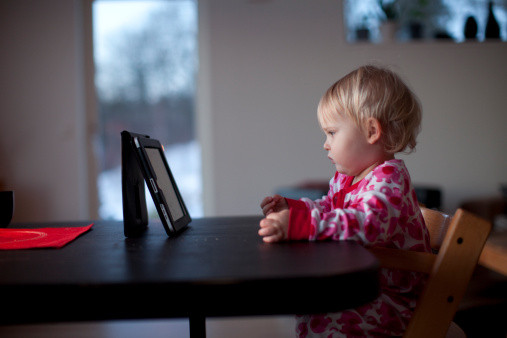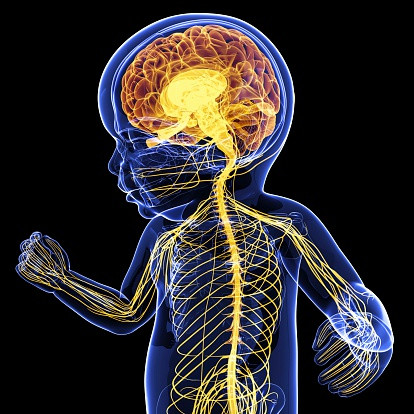Babies as young as 4 months old see the world just like adults
Thanks to innovative scanning methods, scientists have shown babies and adults have similar visual cortex.

The brains of babies as young as four months old can "see" the world in the same way as adults. Scientists have found that the part of infants' brains responsible for processing visual information shares many structural and functional similarities with that of adults.
Some brain areas continue growing well into adulthood while some neurons are also lost throughout life. However, how much of the adult brain's structure is already specified at birth and in early infancy is a question that scientists have long attempted to answer, with limited success.
This debate has often focused on the brain's visual cortex, which shows a specific spatial and functional organisation – it is divided in different areas that process everything we see, from faces and objects, to scenes.
This organisation has been well documented, but it remains unclear if it arises as a result of exposure to the environment or if it is innate and already hardwired in young children. The new study, published in Nature Communications, backs up the latter hypothesis.
Learning about babies' brains is particularly challenging, because of the difficulty to get them to remain still during the brain scanning process and to focus their attention. "In the past 10 years, there has been a number of functional magnetic resonance imaging (fMRI) studies done in sleeping infants, but very little work has been done in babies when they were awake", study author Ben Deen told IBTimes UK.
"Our study is based on technological advances which make scanning more comfortable for babies and easier for scientists to acquire data - things like infant-sized MR head coils to limit head movements, which would make data analysis more difficult, or infant-friendly visual stimuli, with colours and video."
Preference for faces
The scientists worked with a total of 17 babies aged four to six-months-old, publishing the data for nine of them. They presented them with a range of visual stimuli from different categories - faces and scenes - looking at what parts of the visual cortex were activated on the scans.
The scientists discovered that an infant's visual cortex responded similarly to that of an adult's when presented with similar stimuli. This suggests that the visual cortex can process specific visual categories in babies as young as four months, and that it already has a similar structural organisation and function than in adults.
However, the researchers also observed that the extent to which specific regions of the cortex responded to specific visual categories differed from adults to children. Infants prefer faces to natural scenes but the functional response observed in the different areas of the babies' cortex were not as nuanced as those seen in adults.

"Our findings suggest that the broad aspect and organisation of the visual cortex is in place very early on, but functional responses and the brain's preference for certain visual categories are then refined through development," Deen said.
Although the goal of this study was simply to answer the basic neuroscience question of how much of the brain's organisation is innate and how much is shaped by the environment, the results could in the future be relevant for clinical practice.
"Understanding how the brain develops, how malleable it is, and the role of the environment on the brain could be interesting for those studying developmental disorders. We can also imagine our methodological approach to scanning babies' brains being reused for those wanting to identify signs of developmental disorders in early childhood," Deen concluded.
© Copyright IBTimes 2025. All rights reserved.






















